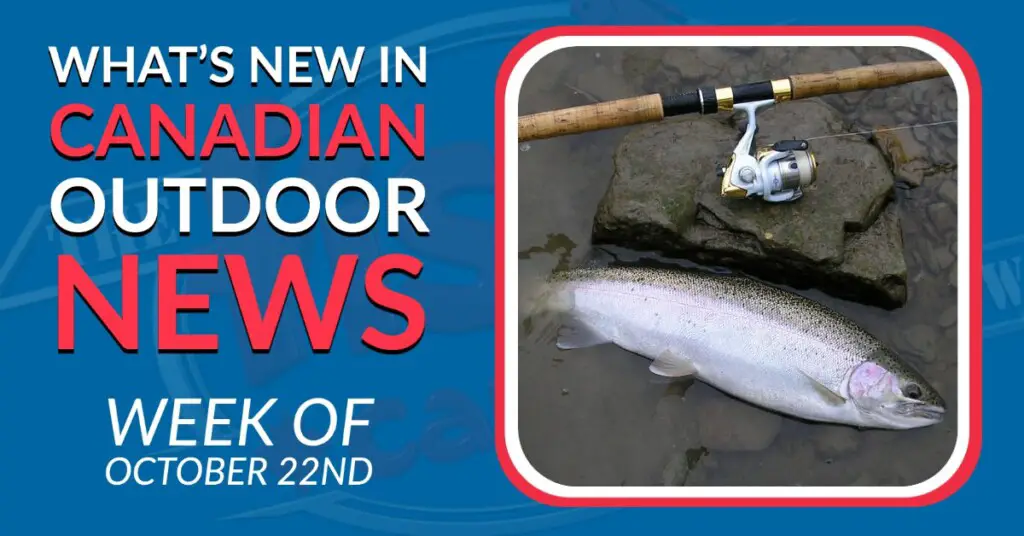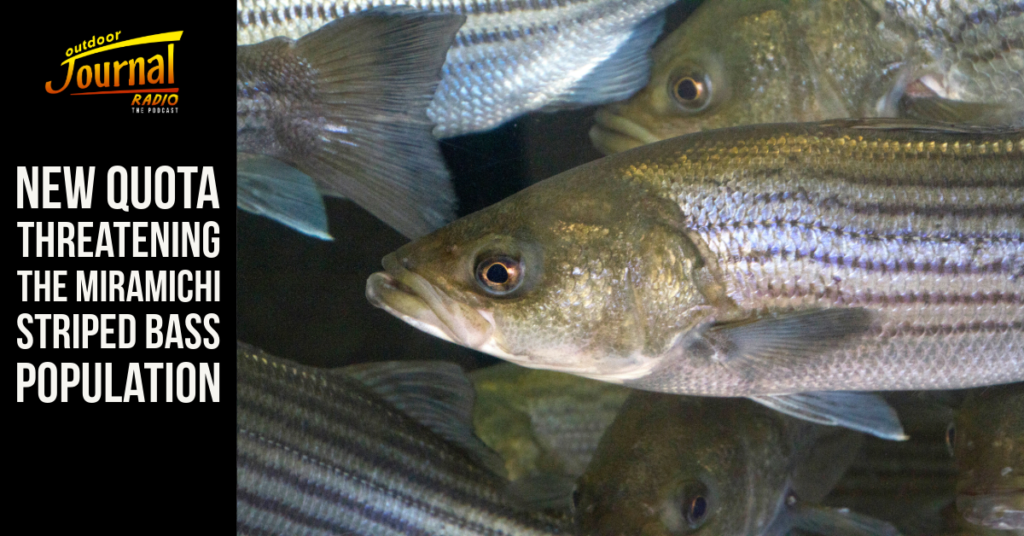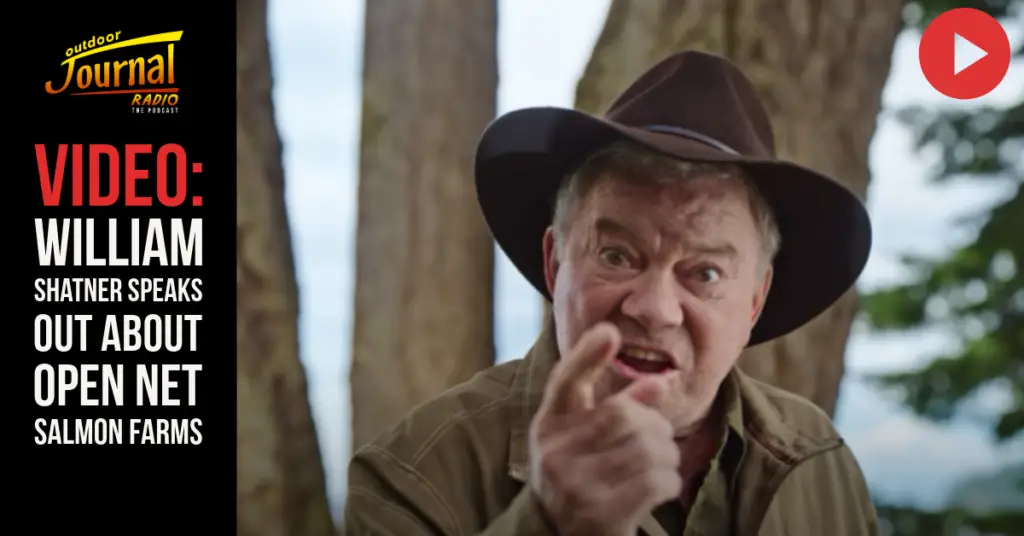The Stories that Matter and the Fuel to your Bar Banter – Canadian Hunting and Fishing News from the Week of October 22nd, 2021
Although news has never been so abundant, finding relevant and reliable stories has never been more difficult. Thankfully, Fish’n Canada has you covered. From declining steelhead to warming lakes, here is everything you missed this week in the world of Canadian hunting and fishing!
1- High-Resolution Mapping Set to Unlock the Mysteries of the Great Lakes
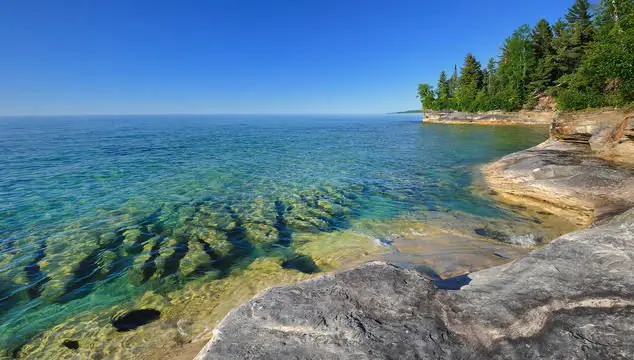
Many of you are likely familiar with the fact that just 5% of the oceans have been explored. But did you know that the figure is not much better for the Great Lakes? According to the International Joint Commission (IJC), just 15% of the Great Lakes’ lake floor has been sufficiently mapped. This, however, is soon to change.
The Lakebed 2030 project was created in 2019 by a small group of researchers but has now grown to represent an international partnership between Waterlution, Northwestern Michigan College, and multiple Ontario non-profit organizations. With growing support, the group is projecting to have all five Great Lakes sufficiently mapped by the year 2030.

As seen above, the maps that the project seeks to produce are not your run-of-the-mill Navionics charts, but highly detailed bathymetry. Produced at resolutions of less than 10 metres, these maps will be capable of revealing even the smallest of details hidden on the lake floor – from shipwrecks to pipelines to boulders.
While the main purpose of this project is to help government organizations better understand some of the continent’s most expansive waterways, anglers will surely welcome the new technology with open arms as the new maps will reveal structure in incredible detail and allow conservation organizations to unlock the information to help bring our fisheries back to what they once were.
2 – Thompson and Chilcotin Steelhead Numbers Reach a Devastating Low

Another week of bad news for BC Steelhead anglers as the numbers of returning fish in the Thompson and Chilcotin Rivers hit troubling lows.
Just a week after the Skeena officially closed to angling, the Thompson River saw just 58 steelhead return to its waters to spawn, down from 1,300 in 2014. To the west, in the Chilcotin, just 27 returning fish have been reported, down from 995 in 2014. “It’s a bad year for steelhead from California up the coast,” said Brian Braidwood, president of the Steelhead Society of B.C in an interview with the Vancouver Sun, “but 58 fish is damn near extinction,”
So what is causing these low numbers?
Experts point to a variety of factors. “It’s death by a thousand cuts,” Braidwood said. “It’s habitat loss, the impact of irrigation, and interception by commercial fisheries.” Seal and orca predation has also been linked to the decline, as has a new factor that we will discuss further in story four.
In the meantime, anglers are waiting for official word whether the Thompson and Chilcotin will follow in the Skeena’s footsteps and close to angling as local governments continue to skirt the root cause of the declining numbers.
3 – Grizzly Attack in Yukon’s Ibex Valley Prompts “Bear-Aware” Reminders
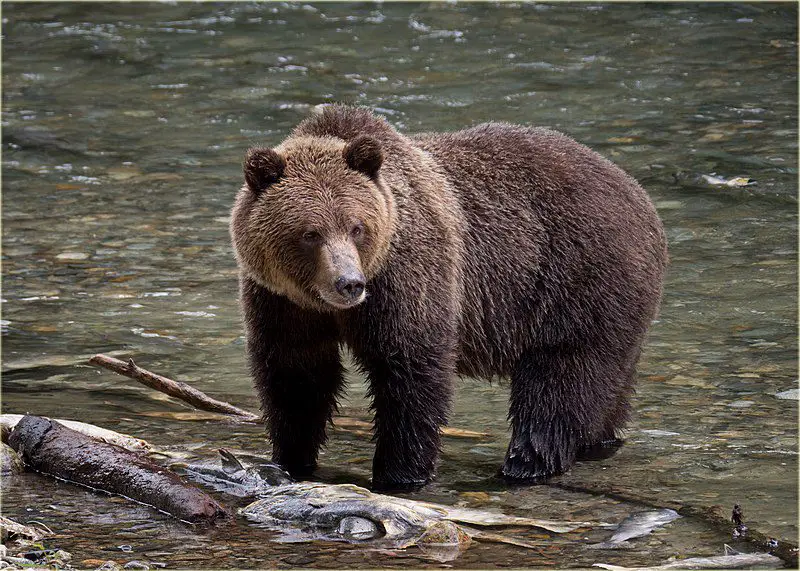
Residents of the Yukon’s Ibex Valley were put on alert on Monday when a Grizzly attack was reported in the area. Thankfully, the individual involved in the incident was able to seek medical attention and the injuries were soon deemed non-life-threatening.
According to local authorities, the individual who was attacked was out jogging on one of the local trails when they stumbled upon a sow with her cubs. “Yesterday’s event is a very classic example of a defensive bear,” said local Conservation Officer Jim Welsh in an interview with Yukon News. “They were moving through the woods quickly and quietly, came across the bear, and startled it.”
As we have mentioned in a previous article, attacks like this are more common in the fall and can be avoided. Though fear of bears should never deter you from enjoying our country’s wild places, bear spray should always be carried and those who are not hunting should make their presence known in the woods using bear bells, music, or loud talking to avoid startling active bears.
4 – Riverside Logging Linked to BC’s Steelhead and Salmon Decline
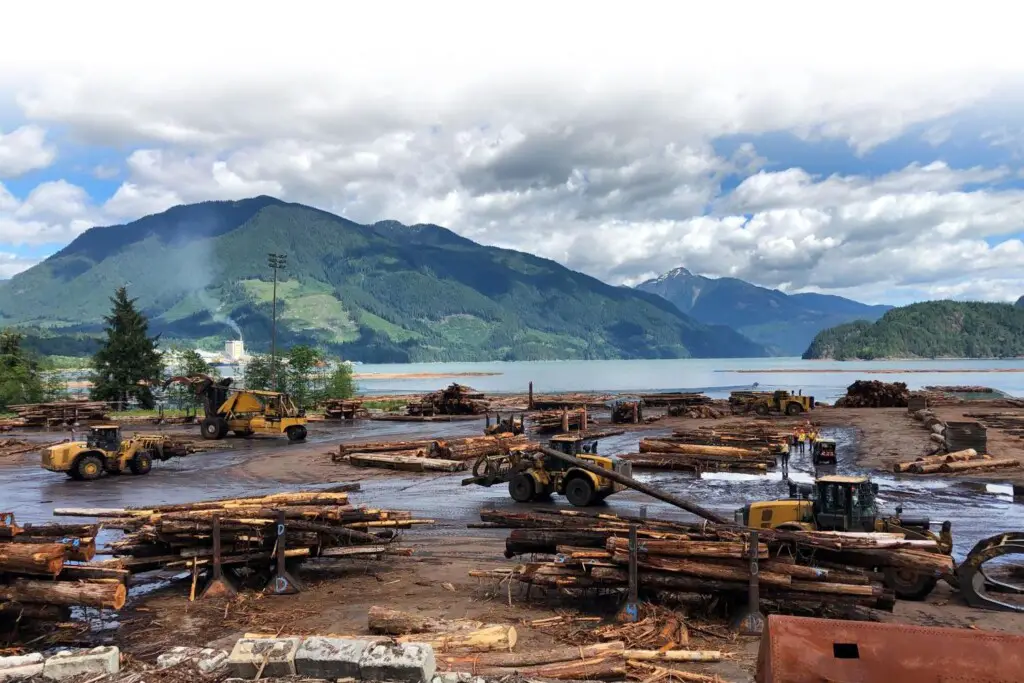
In a timely study, released as fisheries close throughout the province, riverside logging has now been firmly linked to the decline of native steelhead.
Published earlier this year but now making headlines due to the situation on the Skeena, Thompson, and Chilcotin, two studies out of Simon Fraser and UBC were in the news this week as people seek to explain the steelhead decline across the province. The studies primarily focused on the salmon and steelhead populations in southwestern BC, specifically in the Salish Sea, where Coho, Chinook, and Steelhead numbers have fallen by nearly 90% in the last 40 years.
While many of the causes for the decline are thought to take place while the fish are at sea (orca and seal predation, overharvest, etc.), these new studies suggest that actions nearby their freshwater environments may be doing more harm than once thought. According to the studies, logging activity nearby the spawning habitat of these fish is having a drastic effect on the amount of fish that return and the percentage of fish that are able to spawn once they get there.
More than just pollution concerns, the removal of trees along river banks has the potential to raise water temperatures by reducing shade. This is especially concerning as our summers grow hotter and longer as steelhead require temperatures in the low 40s to spawn. Logging near waterways also loosens soil and adds debris to the water, threatening pools that salmon and steelhead use to stage, adding to the turbidity of once-clear waterways, and further adding to the temperature increases.
Thankfully, much of these harmful logging practices have been abandoned, however, we are not out of the woods just yet and will likely be dealing with the consequences of misguided harvest for years to come.
5 – Lake Ontario Sees Warmest Fall Temperatures in Over 25 Years
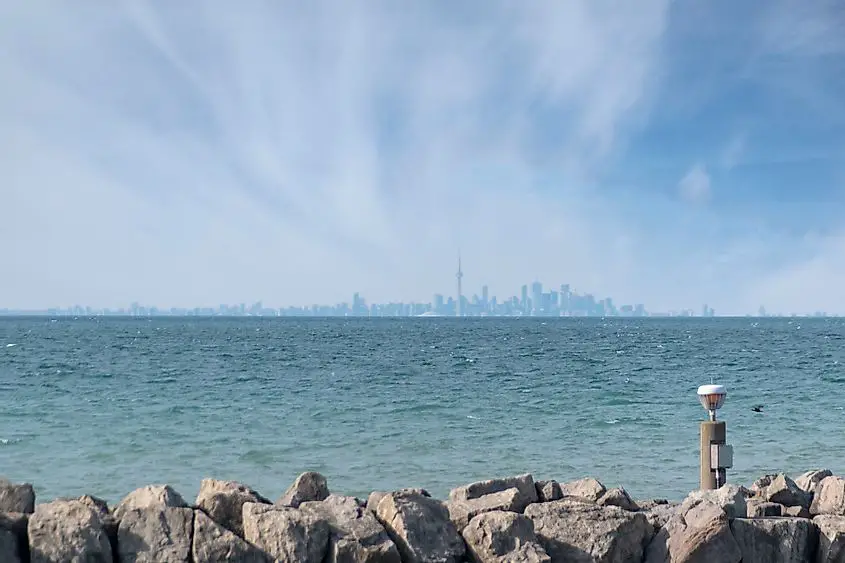
Our last story of the week takes us back to the Great Lakes where Lake Ontario is seeing temperatures at a 25 year high.
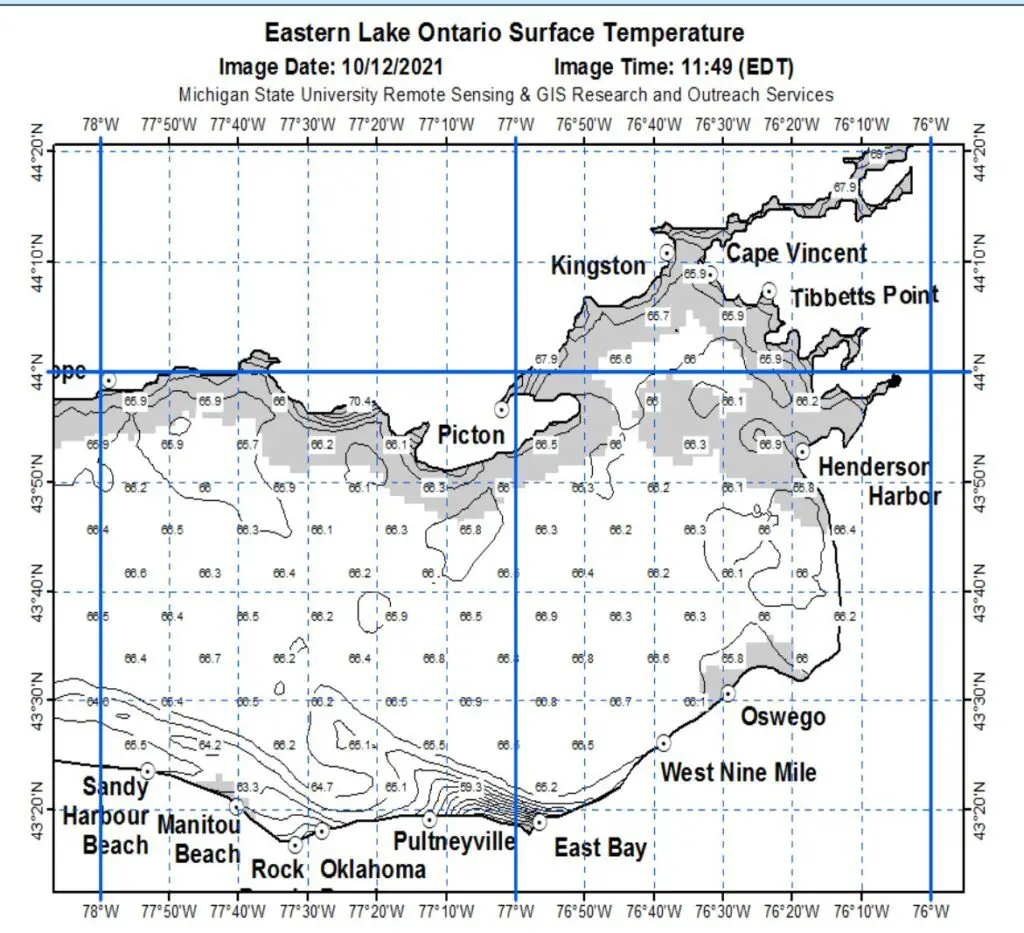
As seen in the map above, temperatures on the east side of Lake Ontario are at near summertime levels and are just finally beginning to drop. For those in this region, many of you have already likely felt the effects.
“The lakes will retain much of their heat even as air temperatures cool off in the coming days and weeks,” stated Rachel Modestino of the Weather Network. “Adding on a favourable wind direction off of lakes Huron, Erie or Ontario provides the ingredients for lake-effect showers.” According to the Weather Network, marine weather warnings are currently in place for all five Great Lakes and strong winds and heavy rains will be a threat to boaters throughout October and November
In addition to having to deal with wind and rain, anglers are also likely feeling the effects of the warmer weather when it comes to fishing. This is especially true in the Bay of Quinte region as the legendary walleye bite that is set to kick off in the next few weeks is likely going to hit its peak a bit later than normal.
Have a story we missed? Send us an email at [email protected]



